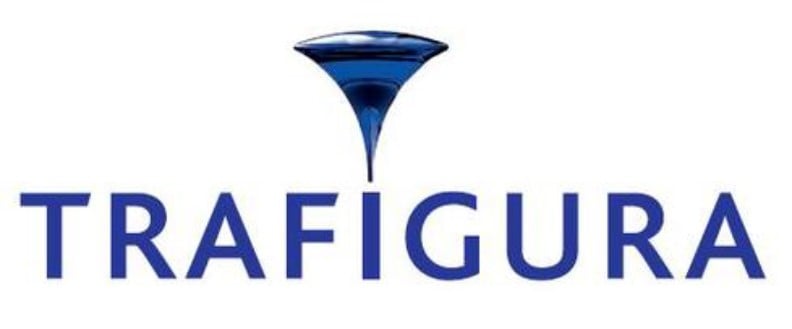The author of this article has a short position in the company
The entities active in trading in the gas and power markets are very diversified in terms of size, strategies and creditworthiness. Gas and power transactions involve flows and potentially a large number of overlapping individual transactions. What is credit exposure in trading markets ? What’s the exposure of Cheniere Energy on Trafigura and what can go dead wrong from start to finish with Trafigura Pte’s 15-year LNG SP&A –
The Trafigura 15-year LNG SP&A deal.
January 16 2018. Cheniere Marketing, LLC (“Cheniere Marketing”) has entered into a liquefied natural gas (“LNG”) sale and purchase agreement (“SPA”) with Trafigura Pte Ltd (“Trafigura”), under which Trafigura has agreed to purchase approximately 1 million tonnes per annum of LNG from Cheniere Marketing on a free on board basis for a term of 15 years beginning in 2019.
Pricing: LNG is indexed to the monthly Henry Hub price, plus a fee.
What can go dead wrong from start to finish
They are two main components: settlement risk and mark-to-market
Settlement Risk
With swaps and forward contracts, settlements take the form of two-way payments. Two-way payments create the problem that one party could be when a bank makes a payment to a trading counterparty but will not be recompensed until some time later; the risk is that the counterparty may default before making the counterpayment.
Mark to Market risk
To mark-to-market is to calculate the value of a financial instrument (or portfolio of such instruments) at current market rates or prices of the underlying.
AN OUTLINE OF THE TRADE
January 16 2018 Cheniere Marketing sells a Jan-19 delivery gas contract to Trafigura for X decatherm (dth) at HH+2. At the time the gas is sold, they have hedged it by (buying gas futures or physical gas at HH) to safeguard Cheniere netback margin (HH+2) – (HH-1) = +3
February 2018 HH rises, The Jan-19 futures contract trades at HH+2. Our MtM risk is negative= (HH)-(HH+2) * X dekatherm = -$2 credit risk
If Trafigura defaults, an alternative buyer would buy the gas at the cash price of (HH+2) when Cheniere initially bought it at HH. Therefore Cheniere Marketing would have to incur the loss of the netback (+3) minus the MtM risk (2)= $1*X decatherm.
From 01 to 07 Jan-19 Chenière Marketing delivers the gas, accruing settlement exposure for the gas delivered but not paid. Once the ship is loaded, the contract has been delivered, there is no more MtM risk.
Loop it for 1MMT per annum for the next straight 15 years…
Key considerations:
- Netting between individual transactions and across products: The Master Agreements.
- The impact of the country of incorporation and time-zone on close-out netting.
- Termination vs. binding nature of committed gas and power transactions.
Cheniere Marketing has essentially written a series of CALL on the LNG spread over a 15-year curve to Trafigura and not a single doubt that the market can and will substantially change over the course of 15 years.
This induces not just quite a lot of MtM and Settlement risks but raises questions about how Trafigura count to mark these long-term contracts (the beast of Noble) [1]. The NYMEX Henry Hub Natural Gas Forward Curve is limited to 10 years.
"Traders need to use pencils, not erasers"
The rule of the game in this market is that there is a price arbitrage until there is no more. So any Commodity Trading operations has to start on that basis and plan the downsides in advance. Traders need to use pencils, not erasers.
I opine that, conceptually, Trafigura did a goofy mistake when signing this contract but if the history is a prologue of the future, here’s the big 2 billion dollars question: What ‘contract’ anyway.
Trafigura Trading LLC, in Houston terminated a ship-or-pay throughput contract of a similar nature last year... opssss.
Indeed when you can’t make a profit and in a bad posture, you mutualize the risks.
“The management (Trafigura) is bad and I think is trying to dress the bride to sell what they can and pay on the beast”. -Swiss Hedge Fund Manager
The net fair value G/L gains on commodity contracts that are re-evaluated/impaired only once a year under IFRS 13-— Fair Value Measurement accounts for more than 102% of Noble Group’s net worth These gains represented the backbone of Noble Group’s net worth
Article by Simon Jacques, Navigating the Commodity Markets with Freight and Spreads






